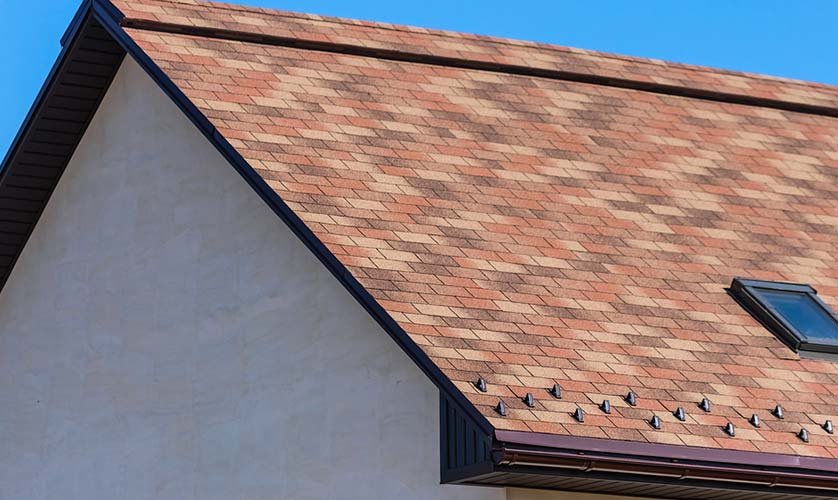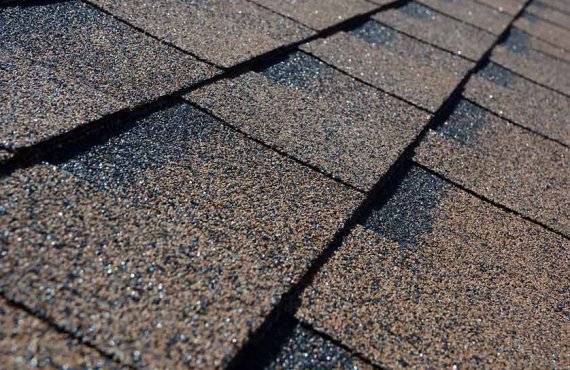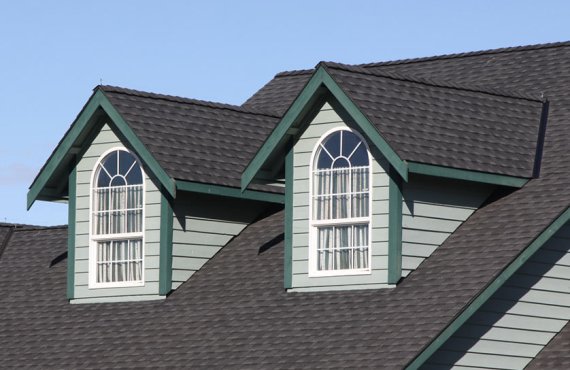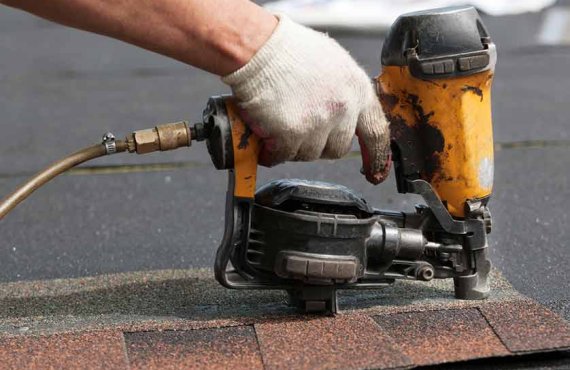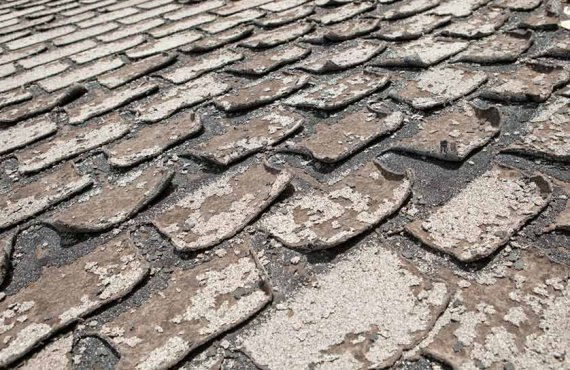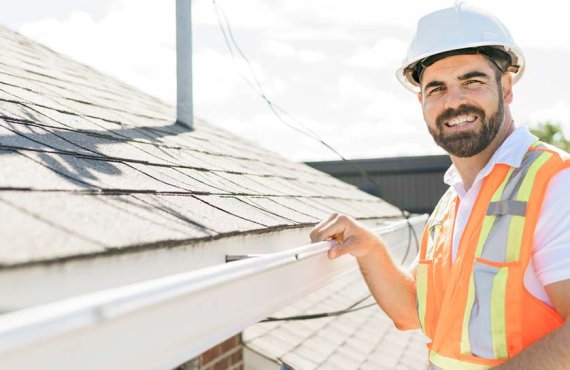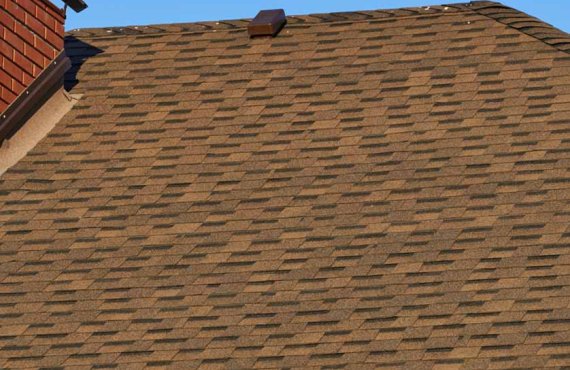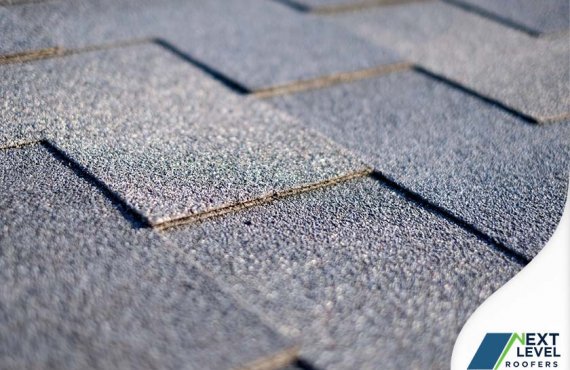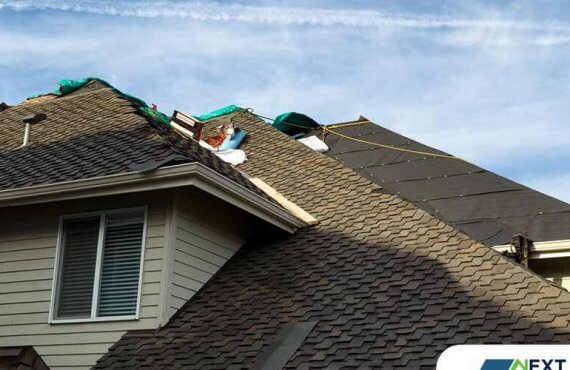Roof replacement costs are affected by factors, many of which you’d already be familiar with: material selection, labor and roofing accessories, to name a few. While not brought up as often, the roof pitch is a key factor that changing it can impact others, consequently affecting the project cost. In today’s post, Next Level Roofers shares insight on the relationship between roof pitch and roof replacement costs.

What Is Roof Pitch?
Pitch, in terms of roofing, measures the roof’s steepness. It’s represented as a fraction with 12 inches as the denominator; the ratio of rise to run. Let’s take the most common roof pitch, 9/12. It means the roof has 9 inches of rise (vertical) per foot of run (horizontal). Changing the rise changes the pitch: a low-pitched roof typically has 3/12 pitch, while steep roofs may have up to 16/12 pitch. Even flat commercial roofs are slightly pitched at 0.25/12 to allow drainage.
How Does Roof Pitch Impact Roof Replacement Costs?
If your roofing project involves building new rafters or trusses, you have the opportunity to change the roof pitch. A lower pitch would make the roof less susceptible to wind damage, while a steeper pitch can improve the house’s curb appeal, as well as add space to the attic. Regardless of your choice, you should keep in mind that it will impact the following aspects of your project:
- Materials. An increase in roof pitch has a corresponding increase in roof area, which means more material will be needed to cover it. It’s not just the shingles or sheet metal — the resulting roof will need more decking, underlayment, fasteners, insulation and framing materials.
- Labor and timeline. It goes without saying that a greater roof area requires more labor, but there’s the matter of the roof’s walkability. A roof that’s steeper than 9/12 pitch can be more difficult for roofers to work on, and may require building scaffolding and using other equipment to ensure safety. The additional labor will consequently have an impact on the installation timeline.
- Gutter size. Rainwater runoff tends to flow faster on steeper surfaces, which means your new roof will need bigger gutters. Gutter size is calculated based on the roof pitch and area, so you shouldn’t be worried about getting undersized gutters. However, the increase in size will mean a higher gutter installation cost compared to the original.
Our roofers at Next Level Roofers can help you decide on the right roof pitch for your home. Give us a call today at (407) 237-7960, or fill out our contact form to get started on a free estimate. We serve The Villages, and other communities in Sumter County.

